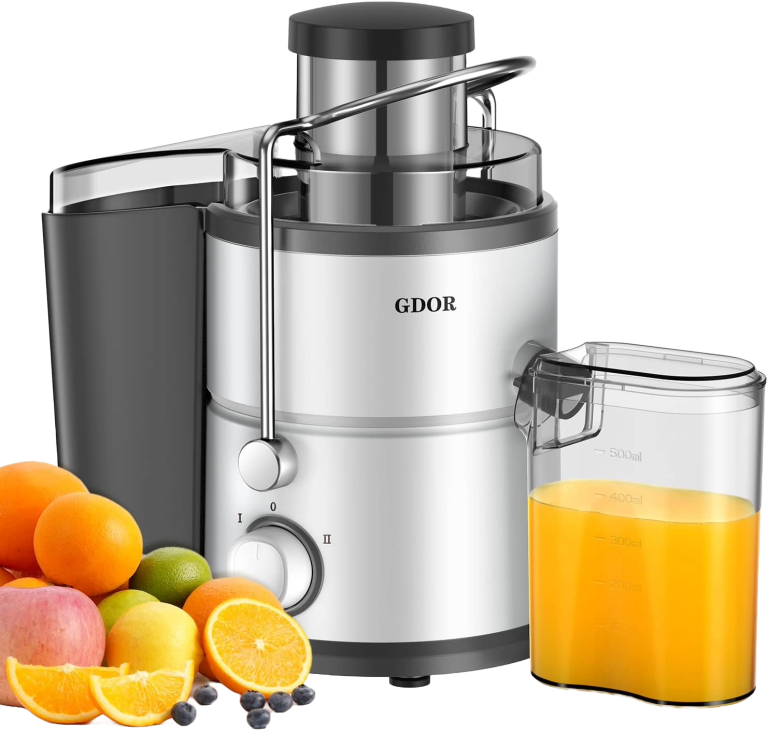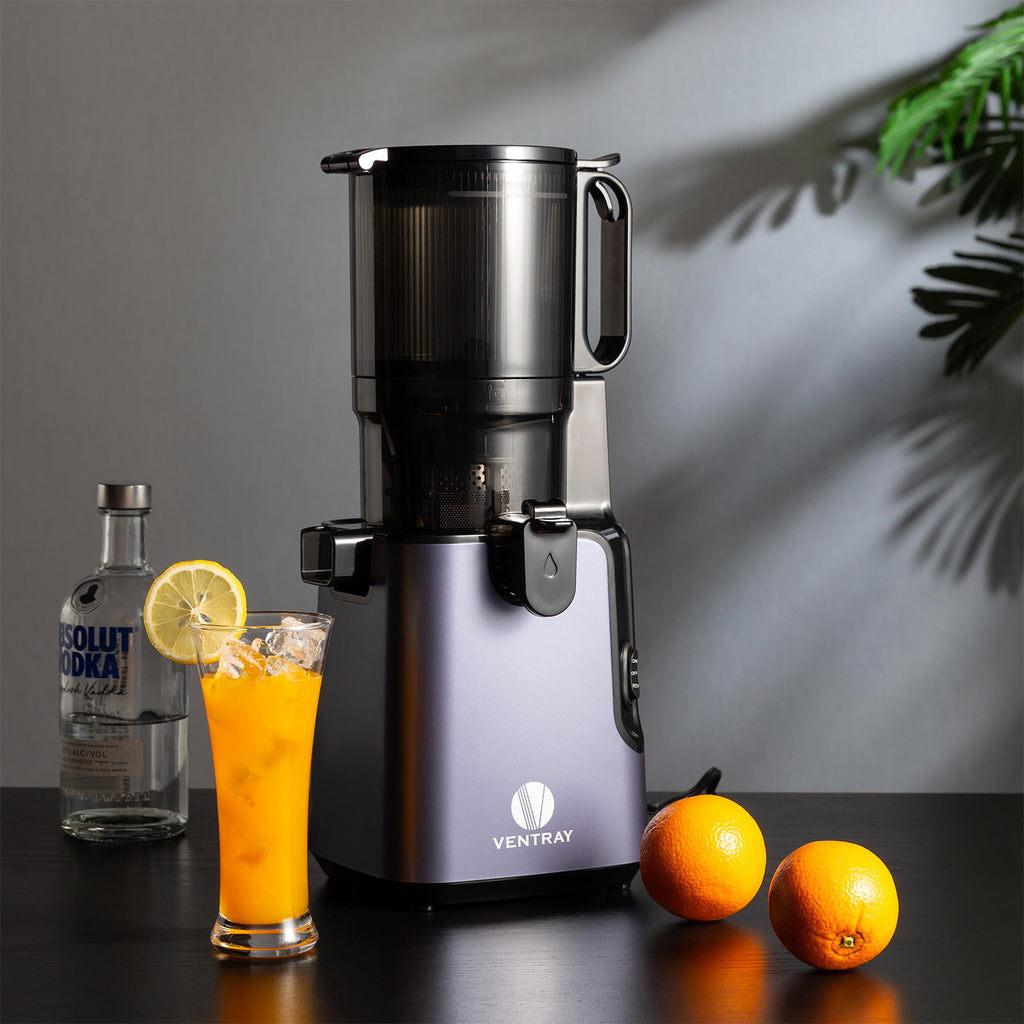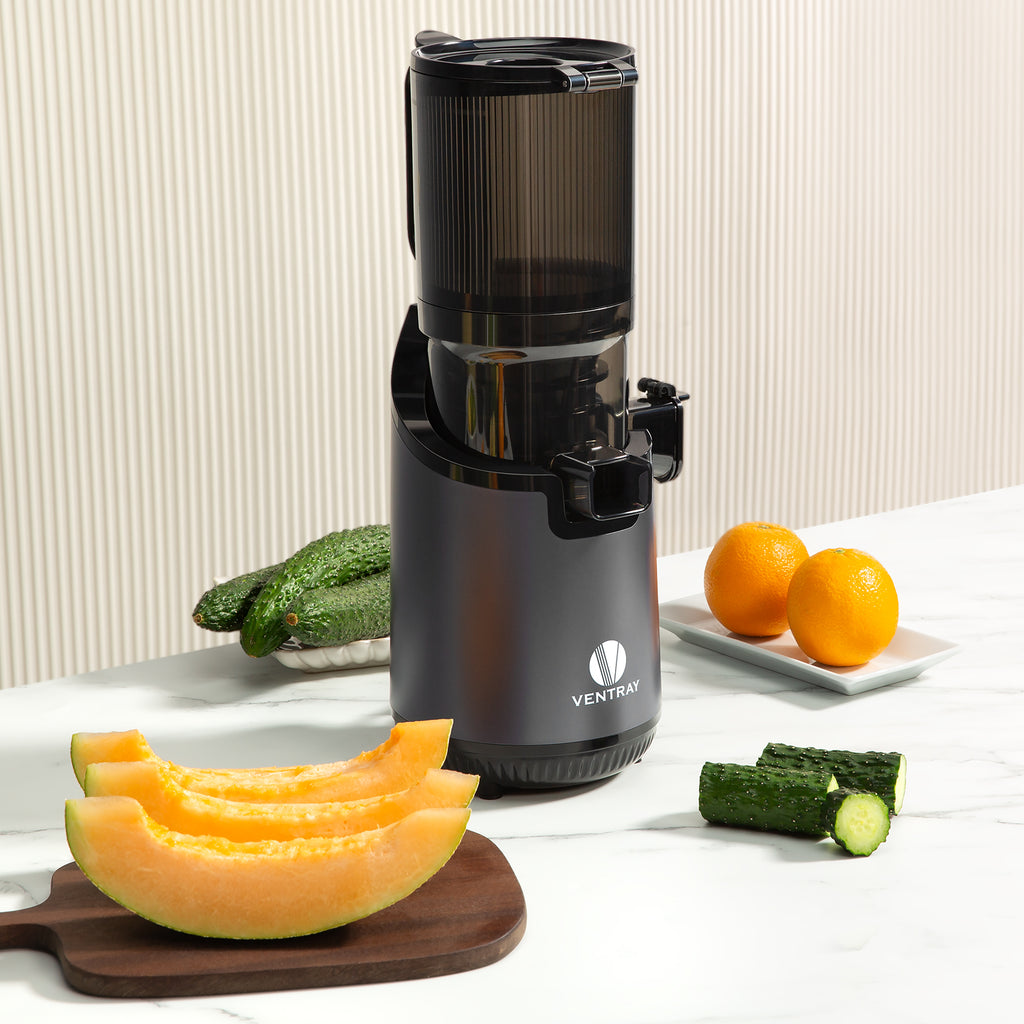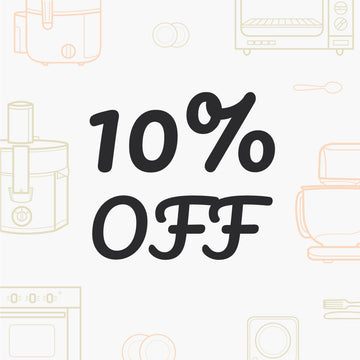Cold Press Juicer vs. Traditional Juicer: Which One Should You Choose?
Last summer, I was all in on juicing, dreaming of bright orange juice or a green blend to kickstart my day. But my first attempts were a letdown—my juice separated faster than I could pour it, my kale mix tasted like a backyard mistake, and my juicer ended up shoved in a corner next to an old waffle maker. I thought I was doing something wrong, but luckily, I dug into some research and learned there are different types of juicers out there.
After some trial and error, I picked up a slow juicer, and it changed everything. If your juicing journey’s hitting the same bumps, don’t give up. The wrong juicer can throw you off track. Let’s break down the differences between cold press and centrifugal juicers to find the one that’ll make you love juicing.
What Sets Them Apart?
Centrifugal Juicer: The Speedy One

A centrifugal juicer spins at a wild 10,000+ RPM, with blades that shred your apples or carrots into bits, then uses centrifugal force to fling the juice through a filter.
- Why It’s a Keeper: It’s fast—juice in under a minute, no kidding. It’s also easier on your budget, perfect for those mornings when you’re half-awake and running late.
- The Flip Side: The high-speed frenzy creates heat, which can strip away some nutrients. Plus, the juice often separates or goes bitter quickly, so you’ve got to drink it ASAP.
Cold Press Juicer: The Thoughtful One

This juicer’s like that friend who takes their time to get things right. It grinds produce at a leisurely 40–80 RPM, gently pressing out juice to keep every drop as fresh as possible.
- Why It’s a Keeper: You get more juice—up to 20% more, especially from greens like spinach. It also holds onto more vitamins, so your juice stays vibrant longer.
- The Flip Side: It's not in a rush, taking a few minutes per batch. And these machines cost a bit more than some centrifugal juicers.
Product Features and Specifications Comparison
The specific features, technical specifications, and unique attributes of various cold press juicers and centrifugal juicers.
| Feature | Cold Press Juicer | Centrifugal Juicer | Winner |
|---|---|---|---|
| Nutrient Retention | Keeps more vitamins, stays fresh longer | Heat can zap nutrients | Cold Press |
| Juice Yield | Extracts up to 92% | Gets about 47% | Cold Press |
| Noise | Quieter | Louder | Cold Press |
| Price | Often $100 or more | Usually under $100 | Centrifugal |
| Speed | Takes more time | Done in seconds | Centrifugal |
Product Features Compared: What Each Juicer Type Offers
Here’s what you’re getting with each type of juicer:
Cold Press Juicer
- Motor: 150–250 watts, built for slow, careful work (like the Hurom H200 with its 200 watts).
- Speed: 40–80 RPM, keeping heat low to preserve nutrients.
- Feed Chute: Usually 1.8–5 inches. Small juicers like the Ventray Ginnie need to have ingredients cut into smaller pieces. Larger juicers like the Ventray Max 120, on the other hand, can fit whole fruits.
- Extras: You can adjust pulp levels or even make nut milk or sorbet with some machines (the Omega NC900 is a champ here).
- Build: Sturdy, with stainless steel parts and BPA-free plastic, plus warranties that can last 5–15 years. It’s quiet enough to use while your family’s still asleep.
Centrifugal Juicer
- Motor: 400–1000 watts for fast juicing (the Breville Juice Fountain runs at 850 watts).
- Speed: 6,000–15,000 RPM, often with high/low settings (like the GDOR Juicer).
- Feed Chute: 3–4 inches, so you can toss in bigger pieces with less prep (Hamilton Beach makes this easy).
- Extras: Basic pulp control, some models have froth separators to keep juice smooth.
- Build: Lightweight at 8–12 lbs, with plastic housing and 1–3-year warranties. It’s loud enough to wake a light sleeper.
Cold press juicers are your go-to for nutrition and versatility but need more time. Centrifugal juicers are all about speed and saving a few bucks.
How They’re Put to the Test
When experts test juicers, they look at:
- Juice Yield: Cold press juicers hit 92% extraction; centrifugal ones get 47% (Food Science and Engineering).
- Nutrient Retention: Cold press juices lose just 12% of vitamin A after 72 hours, while centrifugal juices drop 46% (Goodnature Lab Tests).
- Taste: Cold press juices are smoother and richer, with less separation over time.
Which One's for You?
Pick a Cold Press Juicer If:
- You’re juicing regularly, especially greens like kale or celery.
- You want juice that’s bursting with nutrients and tastes fresh, even if it takes a bit longer.
- You’re ready to splurge on a machine that’ll stick around for years.
Worth Checking Out: Hurom H200, Omega NC900, Ventray Max 120.
Pick a Centrifugal Juicer If:
- You juice every now and then, mostly fruits like apples or oranges.
- You need juice fast to keep up with your busy mornings.
- You’re looking to keep costs down.
Worth Checking Out: Hamilton Beach Centrifugal Juicer, GDOR Centrifugal Juicer.
Whether you’re after nutrition or convenience, the right juicer can turn your mornings into a fresh, flavorful win.


















